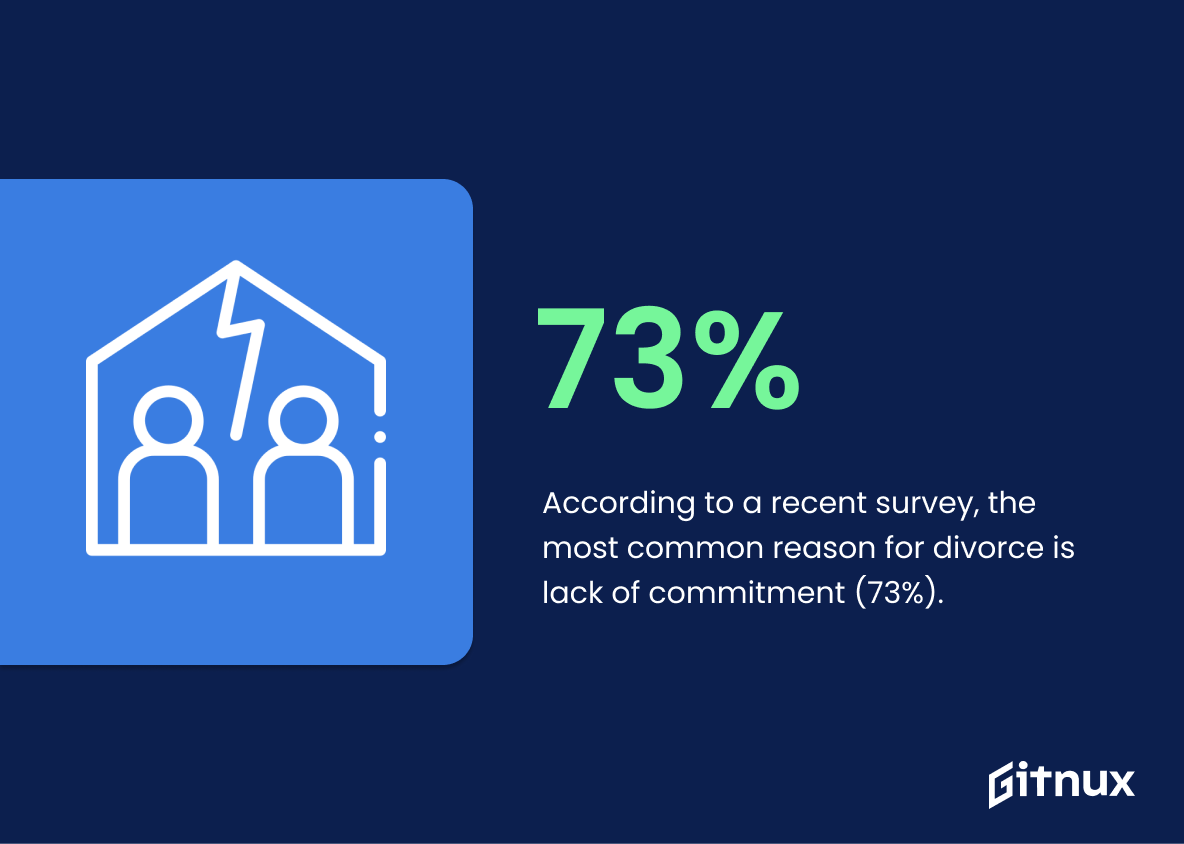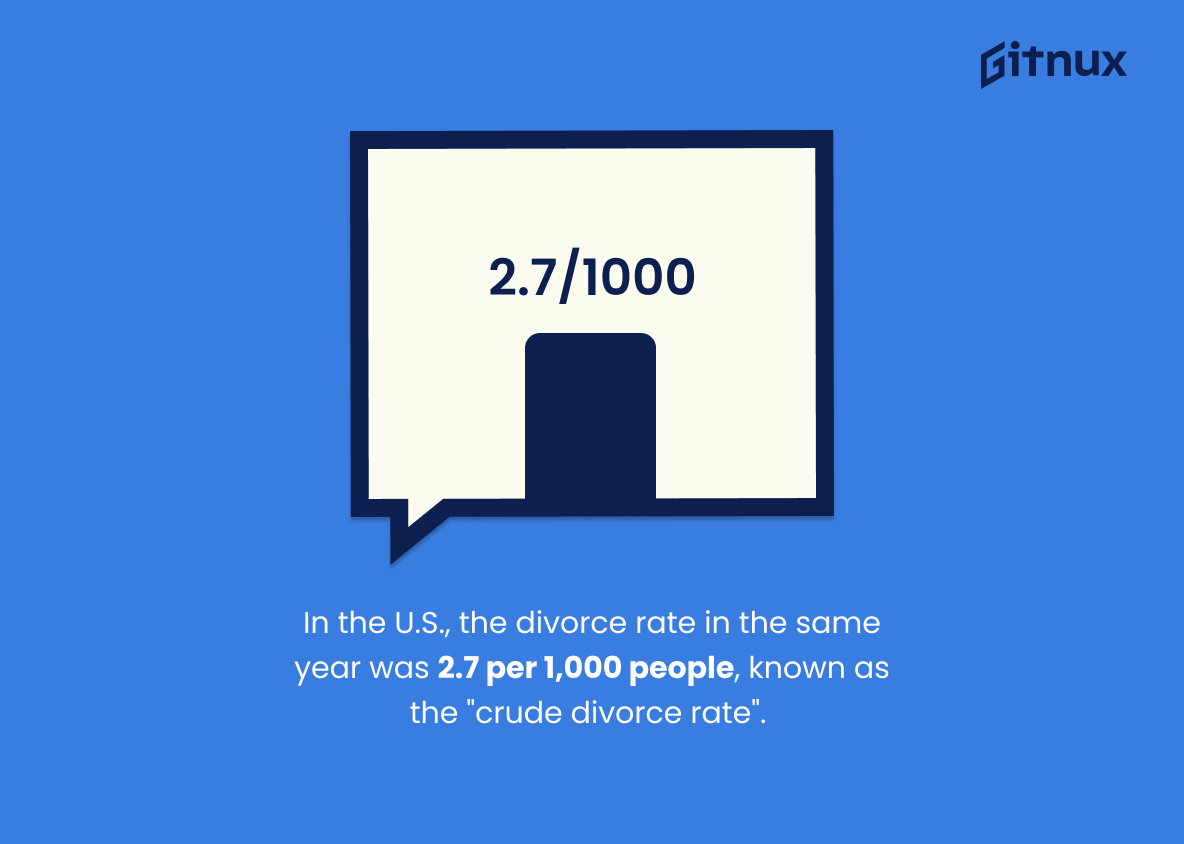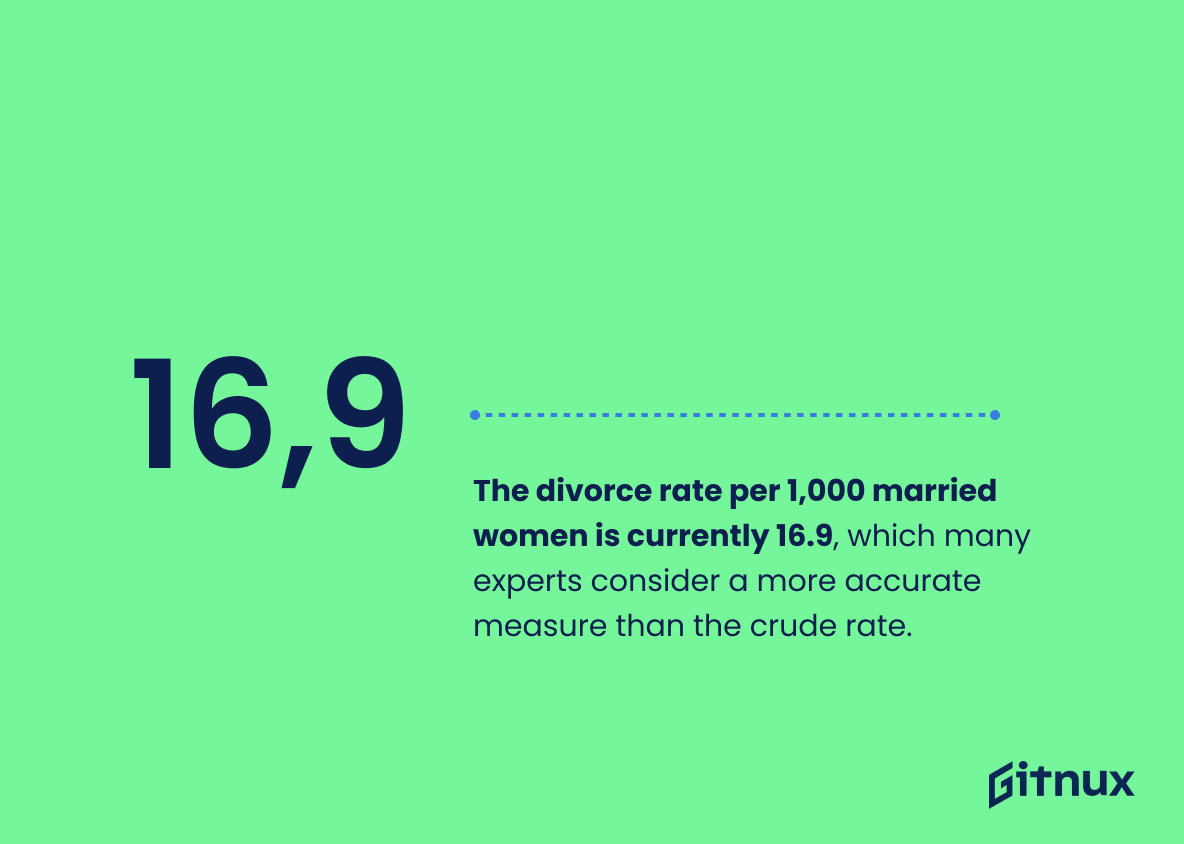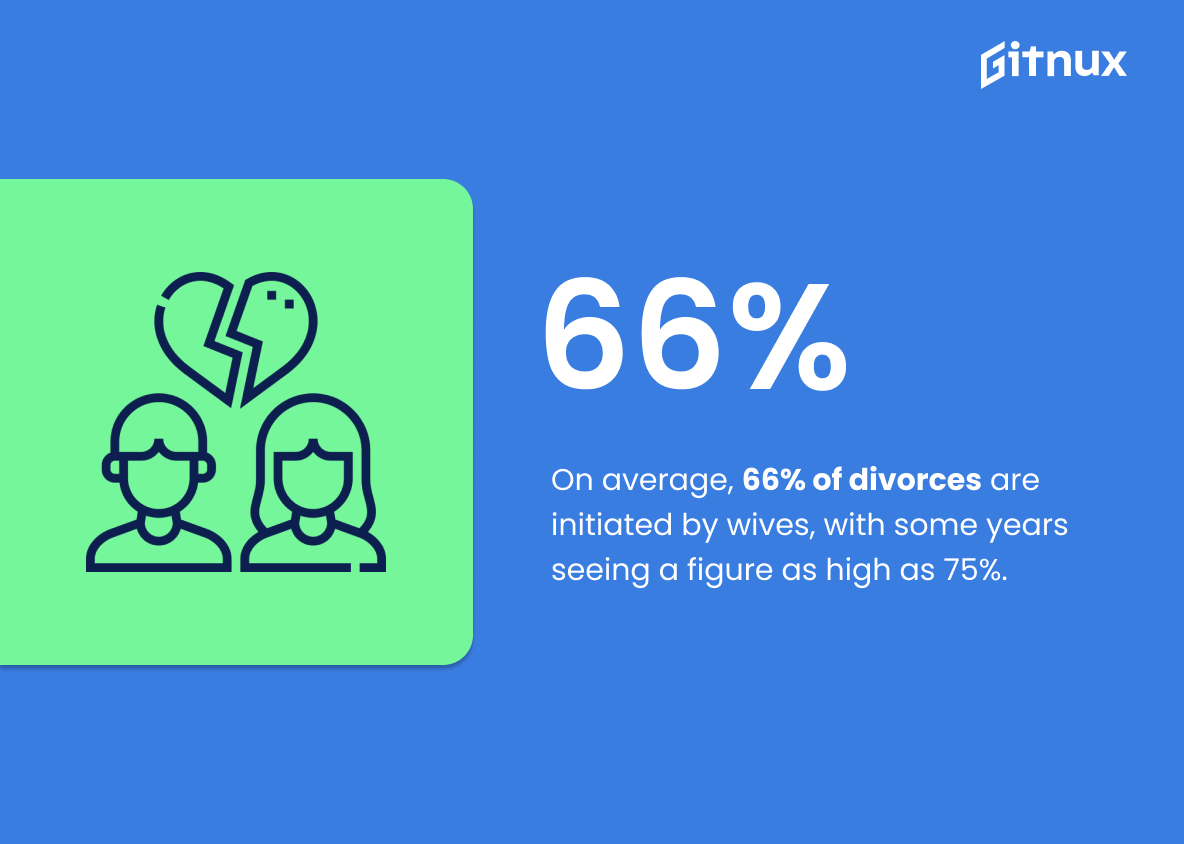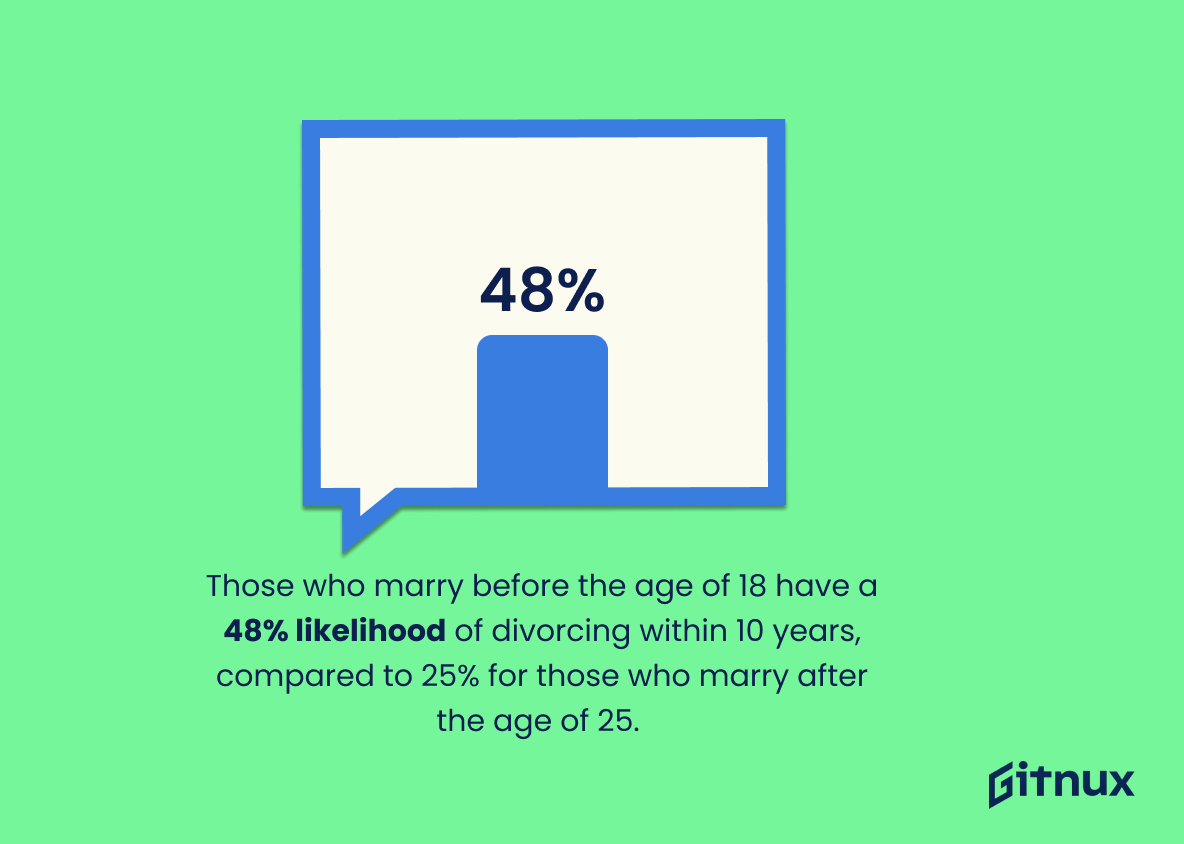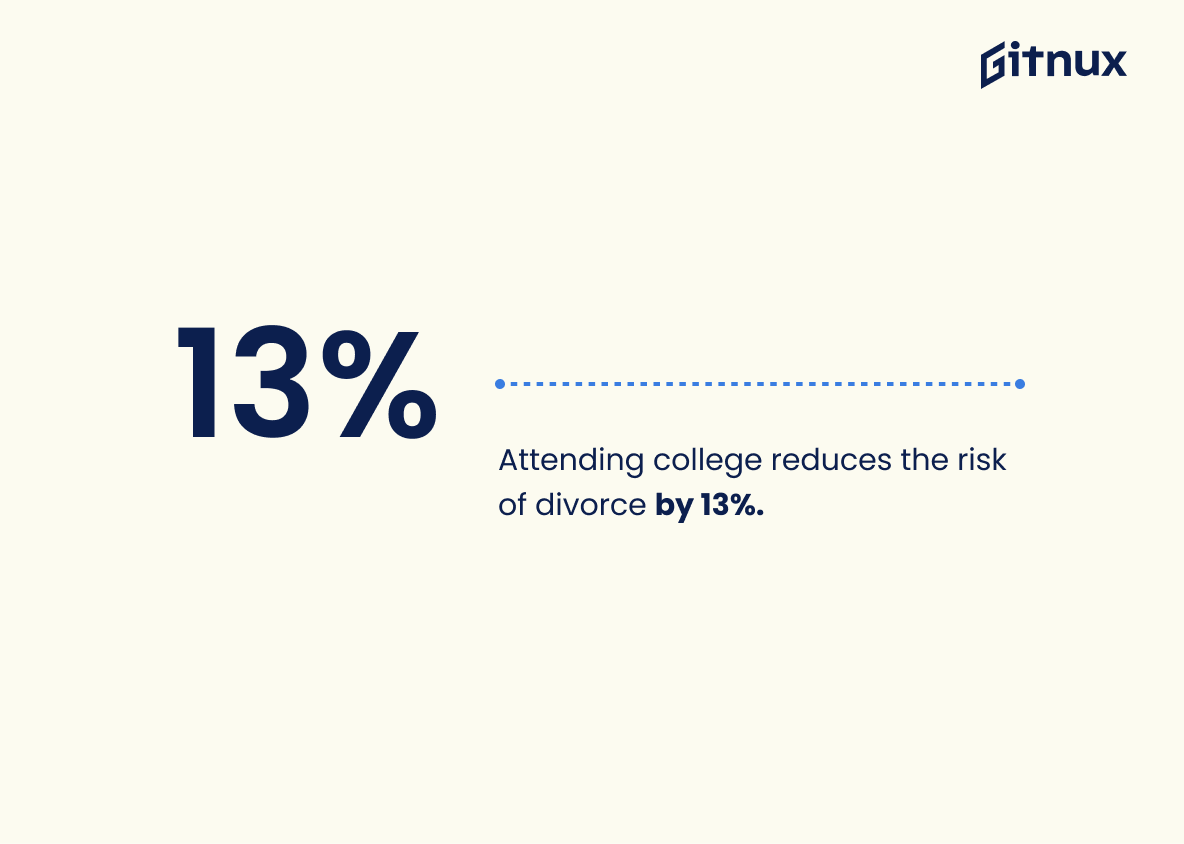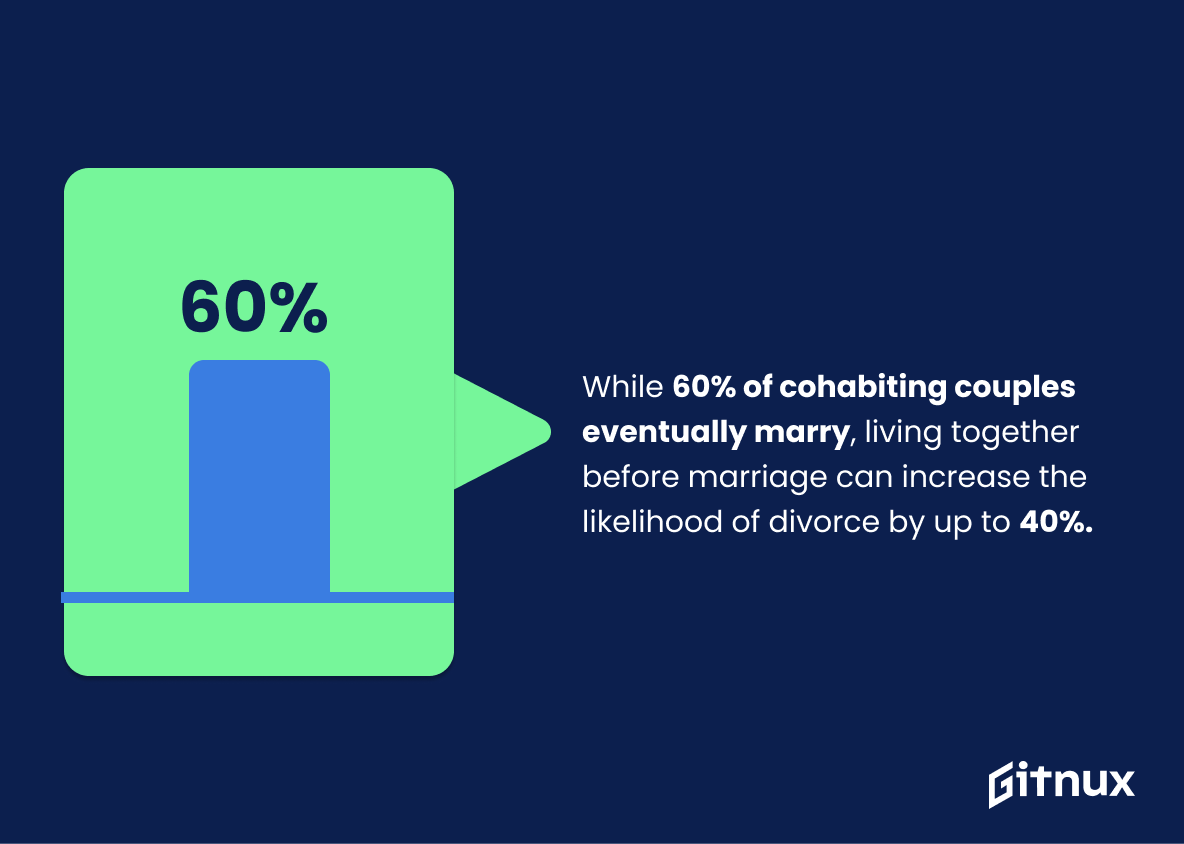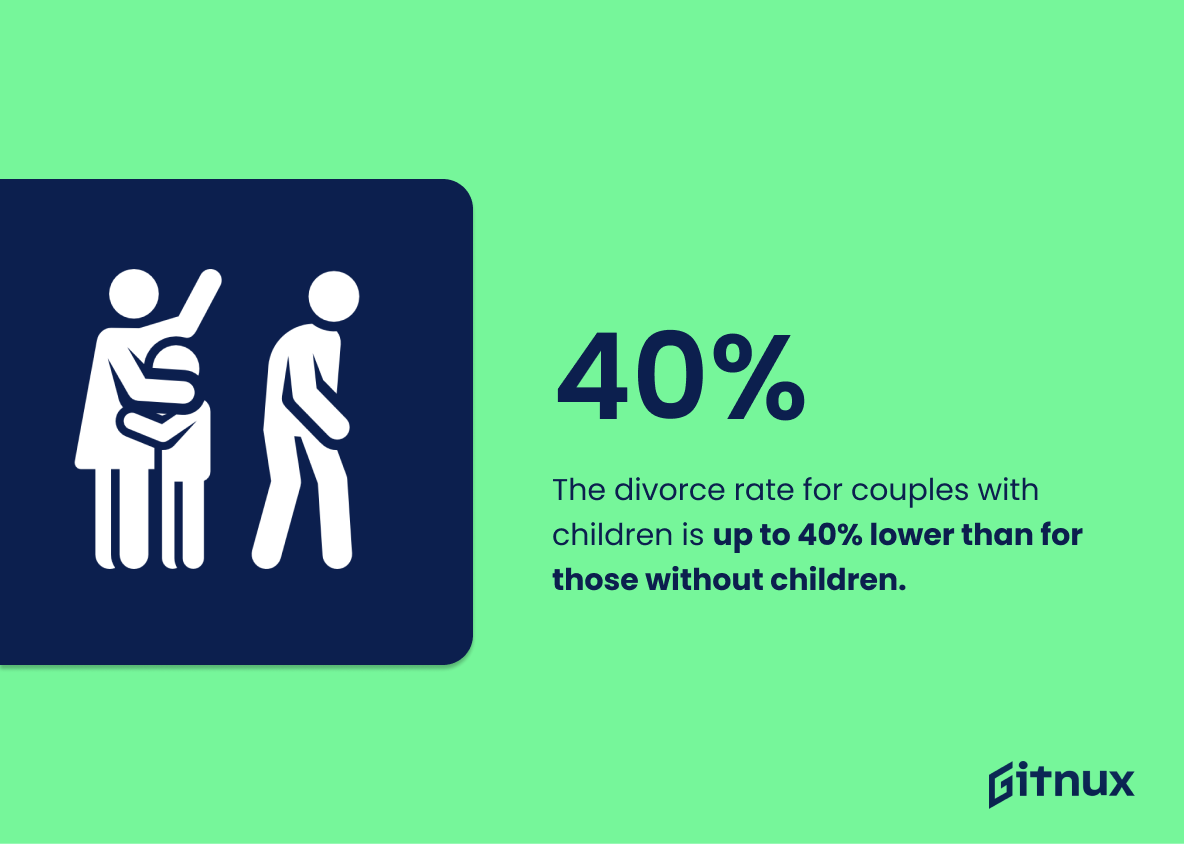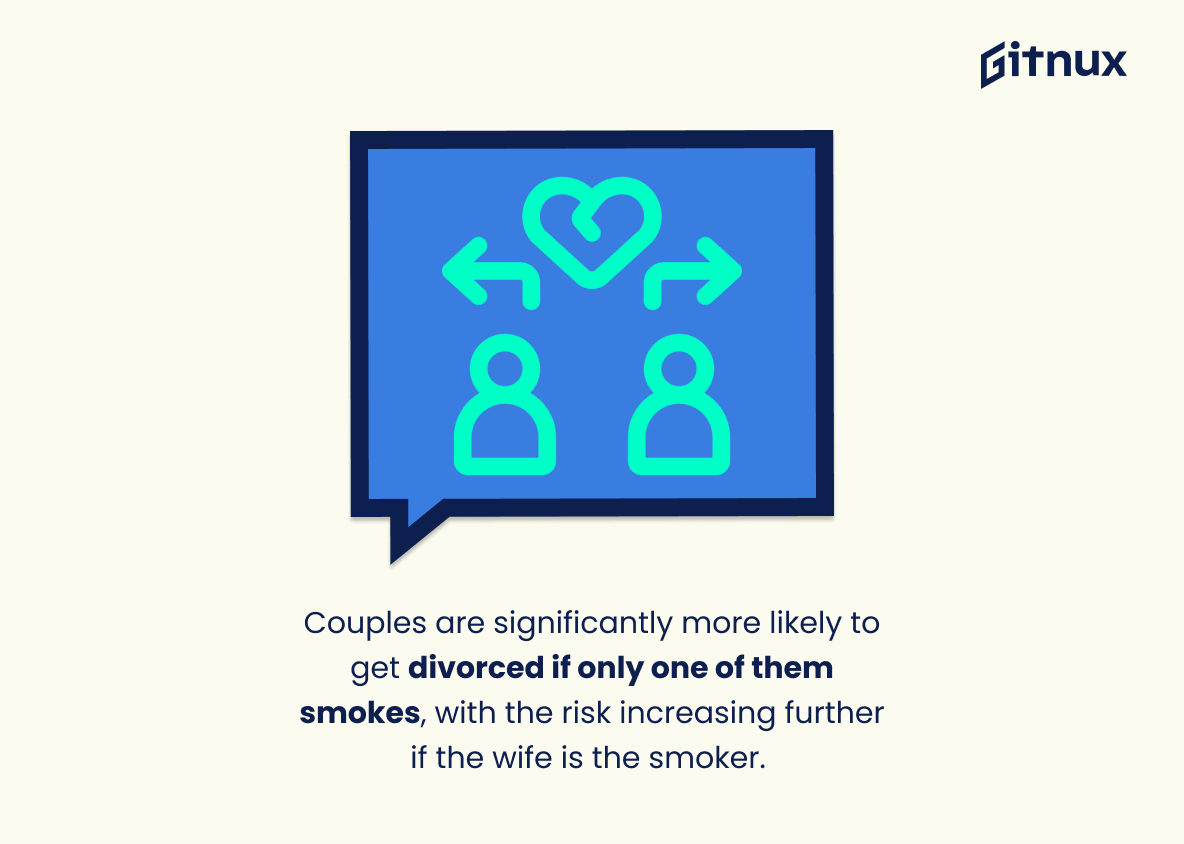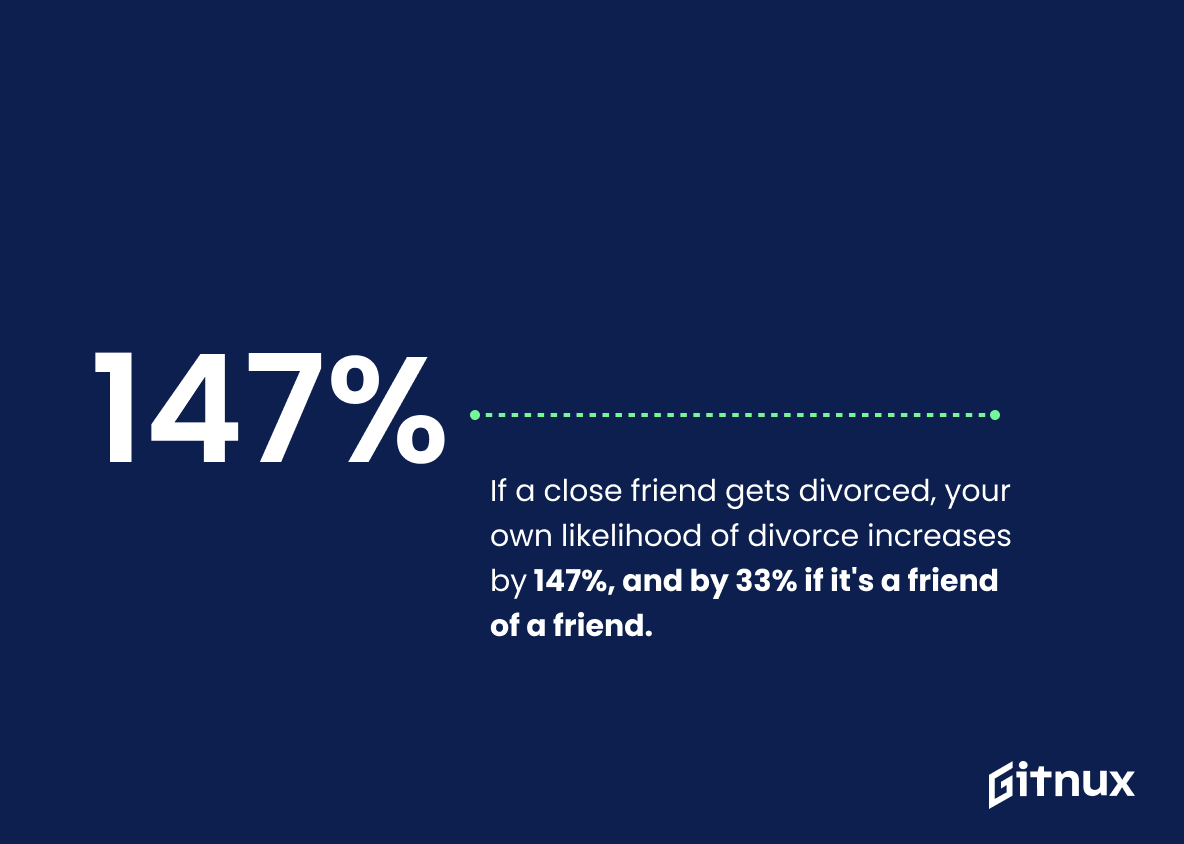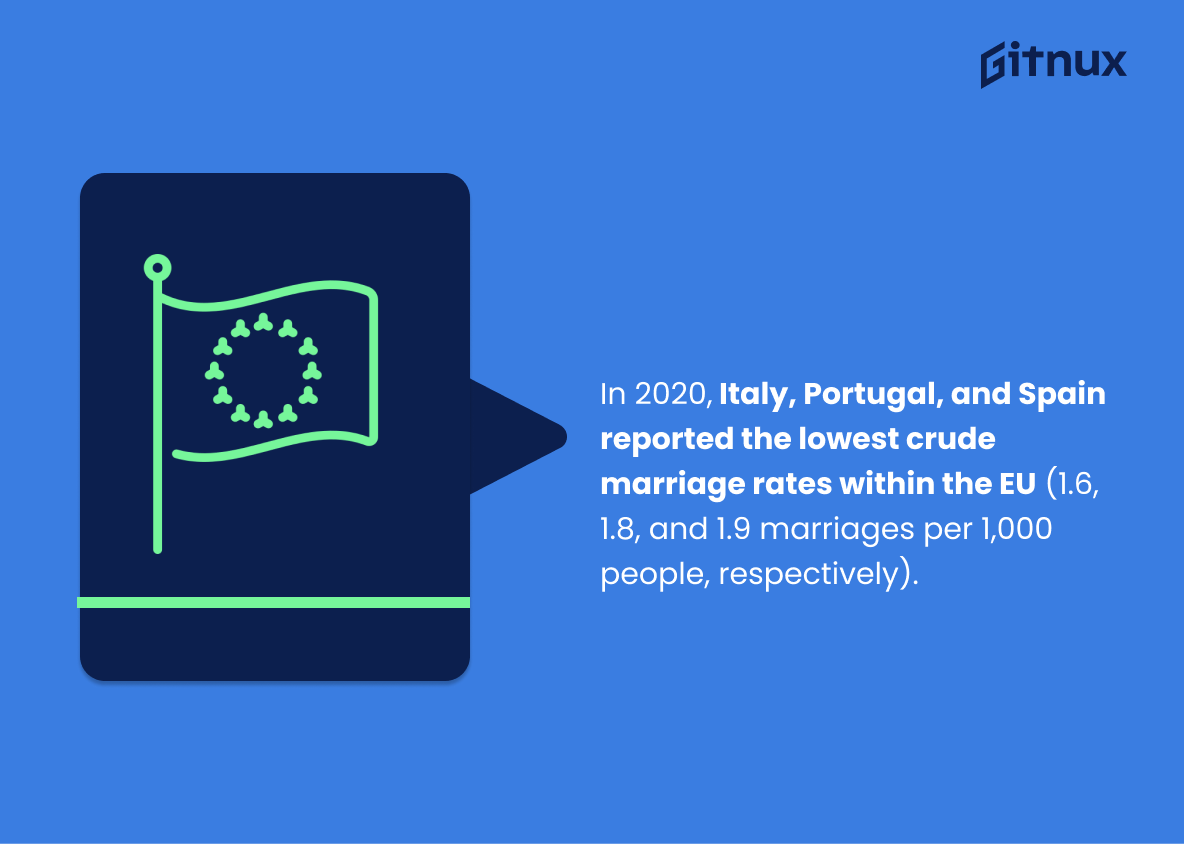Divorce is a difficult and painful experience for any couple. Unfortunately, it is an all too common occurrence in our society, with the divorce rate in the United States hovering around 50%. While there are many factors that can lead to a couple deciding to end their marriage, understanding the reasons behind these statistics can help us to better understand the dynamics of relationships and how to prevent them from ending in divorce.
In this blog post, we will explore the reasons behind divorce statistics, and how we can work to ensure that our relationships remain strong and healthy.
Reasons For Divorce: The Most Important Statistics
Those with “below average” IQs are 50% more likely to be divorced than those with “above average” IQs.
Almost 50% of all marriages in the United States end in divorce or separation.
Reasons For Divorce Statistics
Below there is a detailed list with every divorce statistic, study, and fact that could be found. While the divorce rate is declining, it is still relatively common. Cheating, fighting, and a lack of commitment were among the most common causes of divorce.
Lack of commitment is the most common reason given by divorcing couples (73%) according to a recent national survey. Other reasons are frequent arguments (56%), infidelity (55%), unrealistic expectations (45%), lack of preparation for marriage (41%), and domestic violence (25%).
In 2019, the marriage rate in the United States was 6.1 per 1,000 total population.
In the same year, the divorce rate in the U.S. was 2.7 per 1,000 population. This is known as the “crude divorce rate”.
As of 2019, both marriage rates AND divorce rates in the US are decreasing – with the marriage rate dropping from 8.2 per 1,000 people in 2000 to 6.1 and the divorce rate from 4.0 in 2000 to 2.7.
Currently, the divorce rate per 1000 married women is 16.9. Many experts feel that this is a much more accurate measure of the true divorce rate than the crude rate.
Almost 50% of all marriages in the United States will end in divorce or separation.
Every 42 seconds, there is one divorce in America. That equates to 86 divorces per hour, 2,046 divorces per day, 14,364 divorces per week, and 746,971 divorces per year.
Every 16 seconds, there is a marriage in the U.S. That equates to 230 marriages per hour, 38,762 marriages per week and 2,015,603 per year.
The average first marriage that ends in divorce lasts about 8 years.
60% of all divorces involve individuals aged 25 to 39.
Wives are the ones who most often file for divorce at 66% on average. That figure has soared to nearly 75% in some years.
About 1% of married same-sex couples get divorced each year, while about 2% of married straight couples divorce.
48% of those who marry before the age of 18 are likely to divorce within 10 years, compared to 25% of those who marry after the age of 25.
If a person has strong religious beliefs, the risk of divorce is 14% less and having no religious affiliation makes you 14% more likely to get divorced.
Individuals who have attended college have a 13% lower risk of divorce.
Those with “below average” IQs are 50% more likely to be divorced than those with “above average” IQs.
60% of cohabiting couples will eventually marry. However, living together prior to marriage can increase the chance of getting divorced by as much as 40%.
The risk of divorce was said to be almost doubled – 97% higher – when the mother went out to work but her husband made a “minimal contribution” to housework and childcare.
In 2011, Facebook was cited as a major contributor to 1/3 of divorce petitions examined by one U.K. study.
If your parents are happily married, your risk of divorce decreases by 14%.
The divorce rate for couples with children is as much as 40% lower than for those without children.
Couples that argue about finances at least once a week are 30% more likely to get divorced.
Couples are an astonishing 76-95% more likely to get divorced if only one of them smokes. The amount increases when the wife is the partner with the habit.
90% of divorced mothers have custody of their children.
If a close friend gets divorced, you are 147% more likely to become divorced and 33% more likely if a friend of a friend is divorced.
The nation’s 1.4 million divorces in 2002 are estimated to have cost taxpayers more than $30 billion.
Divorce Statistics In Different Countries
The number of marriages per 1000 persons decreased within the EU in recent decades, while the number of divorces increased. However, these two trends seem to have slowed down in recent years. An increase in the proportion of children who are born to unmarried couples was also observed.
In 2020, the lowest crude marriage rates within the EU were reported in Italy (1.6 marriages per 1 000 persons), Portugal (1.8) and Spain (1.9).
In 2020, the highest crude divorce rates within the EU were reported in Latvia, Lithuania and Denmark (all 2.7 divorces per 1 000 persons).
In 2020, births outside marriage outnumbered births inside marriage in 8 EU Member States: France, Bulgaria, Portugal, Estonia, Slovenia, Sweden, Denmark and the Netherlands.
The average total cost of divorce in the United States is $15,000.
Recent divorce rates suggest a decrease in the number of people dissolving their marriages.
More people in the US were married in 2021 than in 1960.
Despite increased access to marital education, marriage counseling, and family therapy, divorce is an ever-constant reality in our society. Even as the overall divorce rate is decreasing among adults ages 16 to 65, approximately 45% of marriages still end in divorce in the US.
Both marriage and divorce rates have increased in the Asia/Pacific region since 2005. The increase in the crude marriage rate across Asia/Pacific was limited, but it contributed to crude marriage rates in the region being almost 1.5 times higher than the average across OECD countries.
Although it is increasingly difficult to get married, divorce is getting easier. Official statistics show that the number of registered divorces in China increased from 2.7 million in 2010 to 4.7 million in 2019 – up by a whopping 75.5% in a decade.
What Are The Main Advantages Of Getting A Divorce?
Some reasons why divorce is beneficial are obvious. It allows people to leave unhappy marriages, rebuild their lives and find new and fulfilling relationships.
Recent academic research, though, has revealed a surprising fact: as the divorce rate has risen, rates of domestic violence have fallen.
Following no-fault divorces which made it significantly easier for couples to obtain a divorce, being introduced in the 1970s, rates of domestic violence decreased by between 20 and 30%.
Coontz also noted that significantly fewer wives committed suicide and that a smaller number of husbands were murdered by their wives following no-fault divorce having become the norm.
The number of marriages increases by at least 9%.
Female suicides decrease by 8% to 16% and domestic violence decreases by around 30%.
Women start working more outside of the home (up to 7% more) increasing their economic clout in marriage by bringing income that they control into the home.
Easier access to divorce has been shown to reduce the number of births and, in China, divorce reform has decreased the probability of trying to have a son after a first-born daughter by around 12%.
The legalization of divorce showed that pro-homemaker divorce laws increased investments in children’s schooling in married-parent families, anywhere from 4% to 6%.
The law increased high school enrollment. For an average family in a township with a one-year wait to divorce, high school enrollment increased by 6% for children in married-parent households. Without a wait time, high school enrollment increased by as much as 10%.
What Are The Main Disadvantages Of Getting A Divorce?
People who experience a significant life event such as divorce are 2.5 to 9.4 times more likely to develop depression.
It’s a well-known fact that divorce attorneys can be quite expensive. According to US statistics, the average rate of hiring such a professional is $250 dollars per hour. Therefore, because of financial worries and considerations, many people consider handling a divorce on their own — without consulting a legal professional.
Following a divorce, the financial situation of the custodial parent is drastically affected by the children’s presence. The parent with custody of the children experiences a 52% drop in his or her household income.
The mother’s household income takes the biggest hit, dropping between 28% and 42%.
Divorce has powerful negative effects on children. A Canadian study shows that 61% of children’s households become “per capita” low-income households if the two parents separate, compared to 13.1% of children’s households when the two parents stay married.
The children of divorced mothers are less likely to earn incomes in the top third of the income distribution as adults, regardless of their parents’ income. 74% of children of divorced mothers earn incomes in the bottom third of the income distribution, like their mothers. Only 4% earn an income in the top third of the income distribution as adults.
Parents’ accumulated wealth differs widely across family structures and affects the amount of financial support available for their children’s college education. Compared with married parents (59 %), divorced parents (36 %) are less likely to pay for all or most of their children’s college expenses. Divorced parents (29 %) are actually more likely than married parents (17 %) to provide no assistance at all.
Statistics show that 1 in 15 children are exposed to intimate domestic violence and divorce abuse. A staggering 90% of these children personally witness a violent act.
Supplementary Statistics
Roughly 50% of all marriages in the United States end in divorce.
This serves as a stark reminder that divorce is a reality for many couples, and that it is important to understand the reasons why it happens. By understanding the reasons for divorce, couples can be better equipped to make informed decisions about their own relationships and take steps to ensure that their marriage is successful.
Infidelity is the leading cause of divorce, affecting around 21.6% of couples.
Infidelity can have a devastating impact on relationships, with a significant proportion of divorces being attributed to it. It serves as a stark warning to couples that trust and communication are essential components of a successful marriage. Furthermore, it highlights the importance of being honest and open with one another, as well as the need to be aware of the potential consequences of straying from the commitment of marriage.
19.3% of divorces are caused by incompatibility between partners.
Incompatibility between partners is a major factor in the dissolution of marriages. It highlights the importance of understanding one’s partner and being able to work through differences in order to maintain a healthy relationship. This statistic is a valuable insight into the causes of divorce and can help couples identify potential issues in their own relationships.
Financial problems contribute to 16.5% of divorces.
This highlights the importance of couples being mindful of their financial situation and how it can have a significant impact on their relationship. It also serves as a warning to couples to be aware of the potential consequences of not managing their finances properly.
55% of divorces occur within the first 10 years of marriage.
Despite the best of intentions, many marriages are not able to survive the first decade. This statistic can be used to illustrate the need for couples to take proactive steps to ensure their marriage is strong and resilient. It can also be used to emphasize the importance of seeking help when needed, as well as the need for couples to be honest and open with each other about their feelings and expectations.
Lack of support or commitment causes 12.3% of divorces.
This shows the importance of support and commitment in a marriage. It highlights the fact that without these two key elements, a marriage is likely to be doomed to failure. This statistic is a powerful reminder that couples should strive to foster a strong sense of commitment and support in their relationship in order to ensure its longevity.
Irreconcilable differences are cited in 43.1% of divorces.
A significant portion of divorces are due to couples being unable to resolve their differences, rather than other factors such as infidelity or financial issues. This statistic is an important reminder that couples should take the time to work through their differences before making the decision to end their marriage.
11.6% of divorces occur due to alcohol or drug abuse.
This serves as a warning to couples to be mindful of their substance use and to seek help if necessary, in order to prevent their relationship from becoming another statistic.
Couples who live together before marriage have a 33% higher chance of divorcing.
Couples should therefore take their time to get to know each other before taking the plunge into marriage. Living together before marriage can be a great way to test the waters, but it can also be a recipe for disaster if the couple is not ready for the commitment. The 33% higher chance of divorcing is a stark reminder that couples should take their time and make sure they are ready for marriage before taking the plunge.
Divorce rates are higher among those who marry in their teens or after age 32.
Marrying too young or too late can increase the chances of divorce, making it important to consider the age of a potential spouse before taking the plunge. This information can be invaluable for those looking to avoid the pitfalls of divorce and make their marriage last.
Among religious groups, Baptists have the highest divorce rates while atheists and agnostics have the lowest.
This highlights the potential influence of religious beliefs on the likelihood of divorce. It suggests that those who are not affiliated with any religion may be less likely to experience divorce than those who are affiliated with a religion, such as Baptists. This could be due to the fact that religious beliefs often emphasize the importance of marriage and the sanctity of the union, which could lead to couples being more committed to their marriage and less likely to divorce.
14% of couples who share housework equally are more likely to divorce.
Couples who do not share housework equally are more likely to stay together, highlighting the need for couples to be mindful of the balance of labor in their relationship.
Approximately 15% of divorced individuals remarry within a year after the divorce.
It shows that even after a divorce, many people are still willing to take the risk of marriage again. This statistic can be used to illustrate the fact that divorce is becoming more and more common, and that it is not necessarily a permanent solution to marital problems. It can also be used to show that many people are still willing to take a chance on love, even after a divorce.
Conclusion
Divorce is a difficult and emotionally draining experience for all involved. The statistics regarding reasons for divorce show that communication breakdown, financial issues, and infidelity are the most common causes. While it is not always possible to prevent a divorce, developing healthy communication, financial habits, and trust in a relationship can help to reduce the likelihood of it occurring. Ultimately, it is important to remember that divorce is a painful but sometimes necessary step in order to ensure the well-being of all involved.
References:
WF: “Divorce Statistics: Over 115 Studies, Facts and Rates for 2022”, cited in [Current Month] 2023 (Source)
Insider: “These are the 11 most common reasons people get divorced, ranked”, cited in [Current Month] 2023 (Source)
Eurostat: “Marriage and divorce statistics”, cited in [Current Month] 2023 (Source)
Quickiedivorce: “Divorce Statistics: How Divorce Benefits Society”, cited in [Current Month] 2023 (Source)
Marripedia: “Effects of Divorce on Financial Stability”, cited in [Current Month] 2023 (Source)
CensusBureau: “When Laws Make Divorce Easier, Research Shows Women Benefit, Outcomes Improve”, cited in [Current Month] 2023 (Source)
LegalJobs: “35 Encouraging Stats on the Divorce Rate in America for 2022”, cited in [Current Month] 2023 (Source)
Divorce.com: “Causes Of Divorce: 13 Of The Most Common Reasons”, cited in [Current Month] 2023 (Source)
OECDiLibrary: “Marriage and divorce”, cited in [Current Month] 2023 (Source)
CEIBS: “What killed marriage? China’s divorce rate is up 75% in a decade”, cited in [Current Month] 2023 (Source)
Marriage.com: “Things to Know About Domestic Violence and Divorce”, cited in [Current Month] 2023 (Source)
